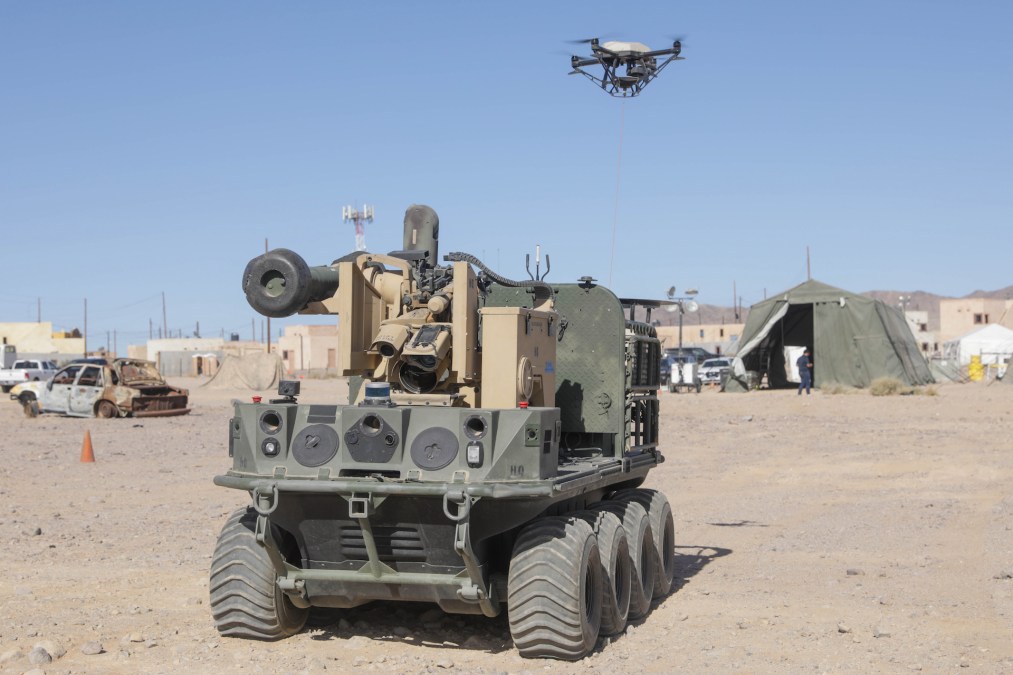Army S&T advisor flags ‘misconceptions’ about artificial intelligence

While “artificial intelligence” is one of the biggest buzzwords in the national security community and lauded as a critical enabling capability for success in future conflicts, one top Army science-and-technology advisor said there needs to be a better understanding of what these emerging tools can tangibly provide.
“As we start talking about AI, everyone has these wildly different misconceptions or perceptions about the gains of just known algorithms with known workflows for known customers … The biggest misconception that we see in the Department of Defense is that AI is an end state — and it’s not. AI is a means, not an end,” Alex Miller, senior S&T advisor for the vice chief of staff of the Army, said at the Potomac Officers Club Army Summit on Tuesday.
With the emergence of AI and machine learning tools, officials can be quick to misconstrue or inaccurately postulate what potential advantages these capabilities can yield. It’s not as simple as just applying an AI algorithm to a system or a problem, according to Miller. When commanders want to use AI to better enable certain function such as targeting or mission command, often there are no metrics in place for how the military wants those efforts to proceed.
Ultimately, AI is one tool among many in the military’s toolbox, he suggested.
“For all those years from 2012 forward, we started seeing things like robotic automation, process automation. All the things that we actually want to do underneath that, that automation, augmentation, those have been underlying trends for over a decade. But now because AI is the buzzword — much like cloud was, much like big data was, much like data science was — that’s the thing that everybody drills into,” he said.
“It is really getting after how do we augment humans doing their jobs. And that augmentation could be automated parts of it, that augmentation could be automated tools, whether it’s a digital assistant or robotic companion or a little [uncrewed] wingman — pick your domain. But really that misconception is what we actually want to do and the metrics by which we want to do it,” he added.






